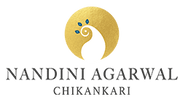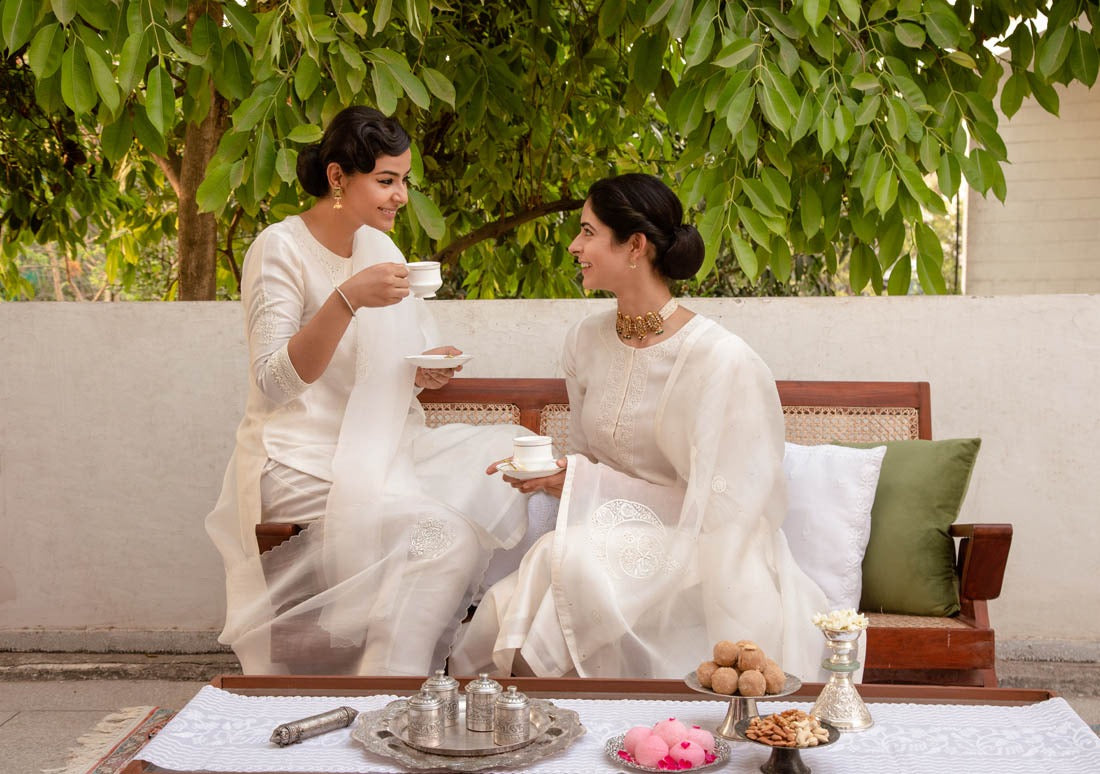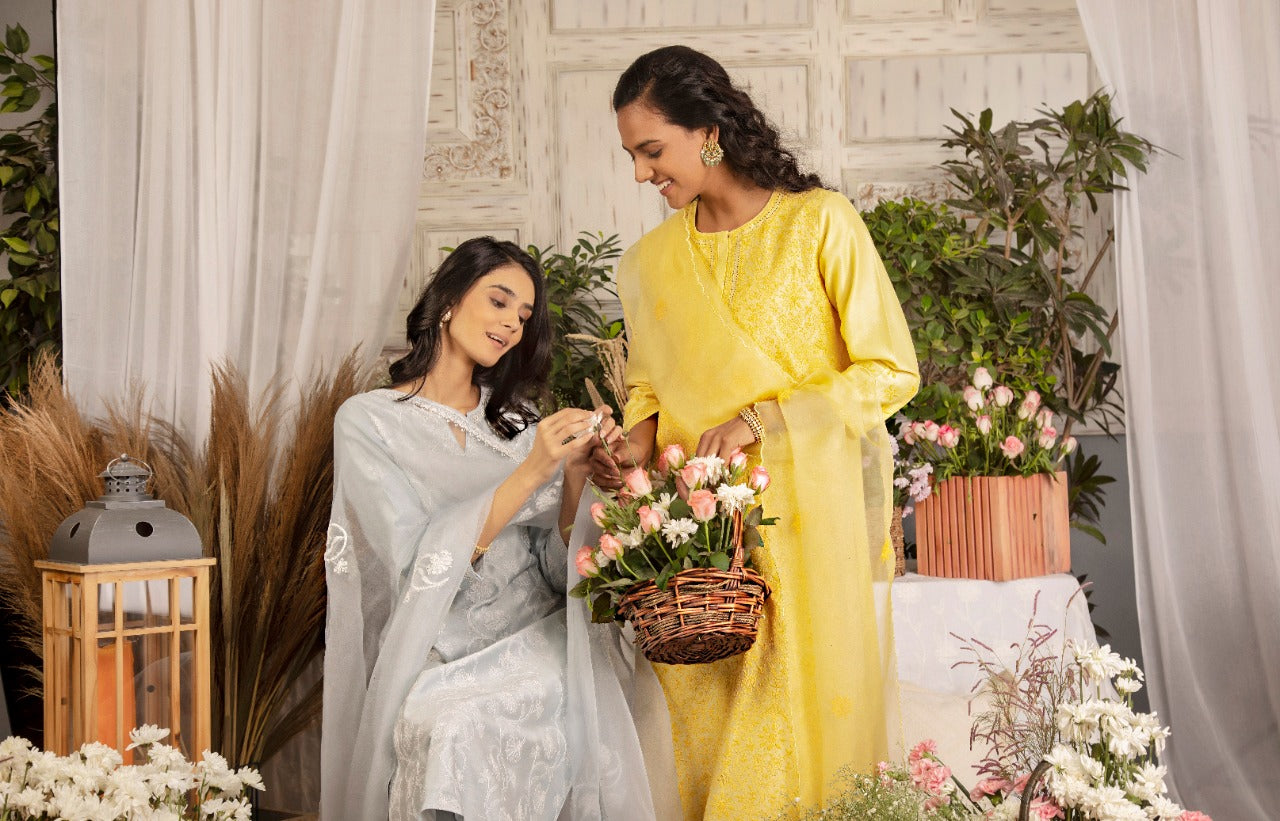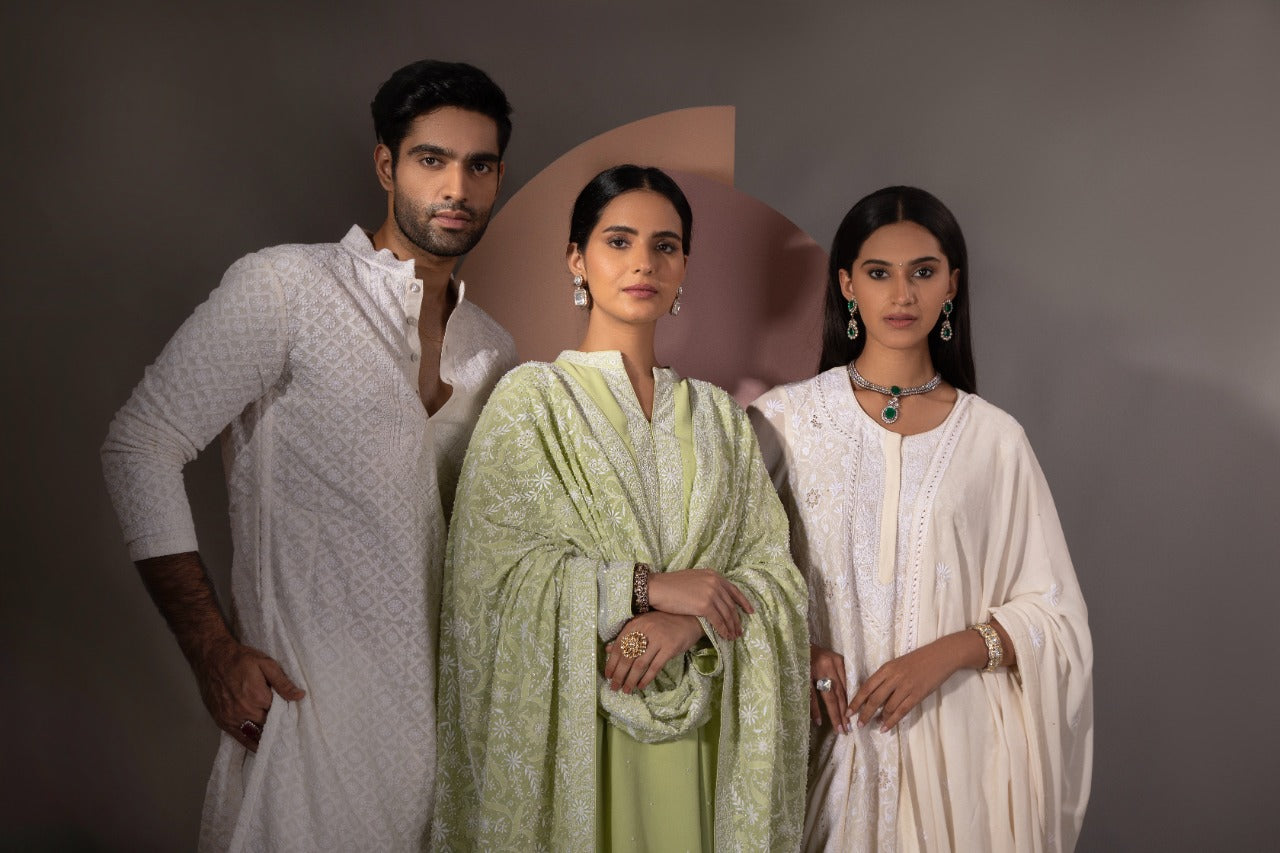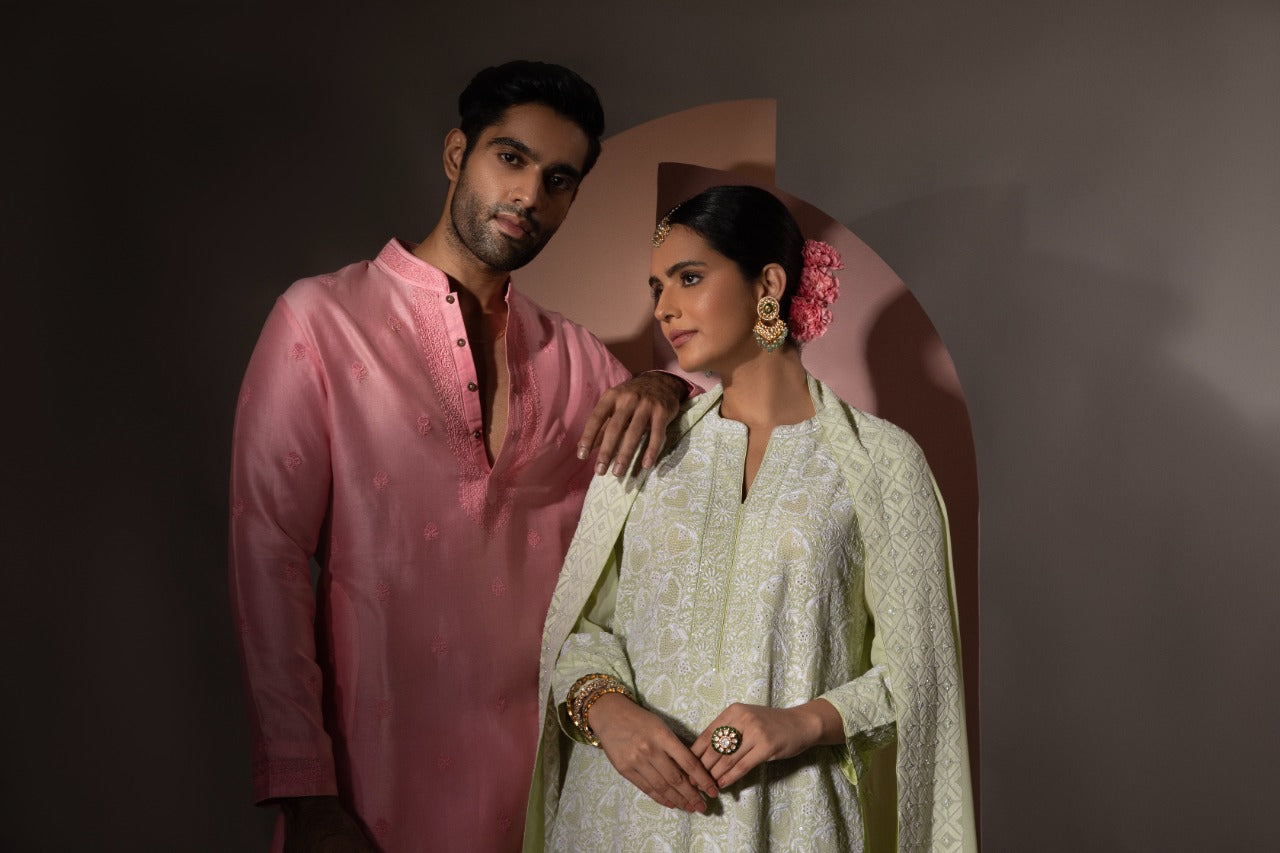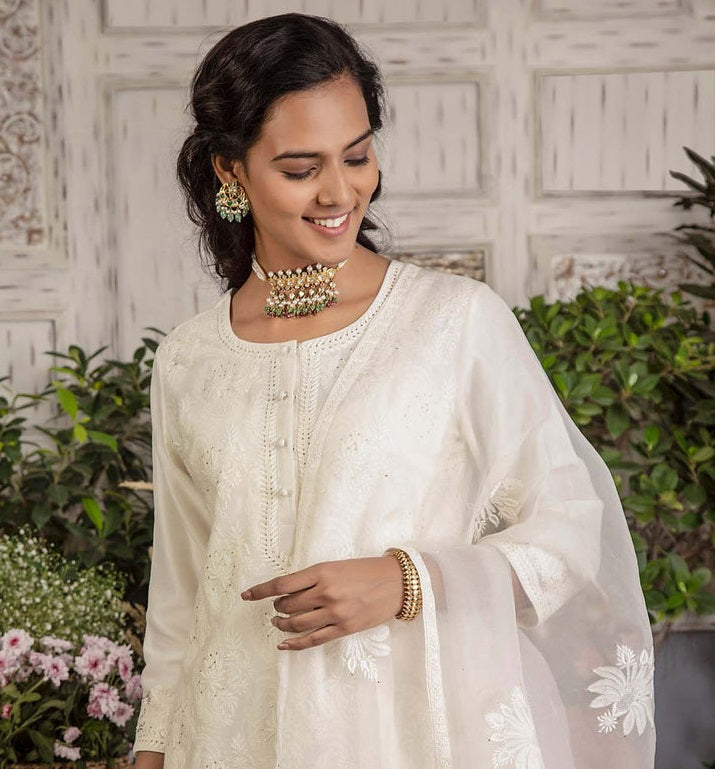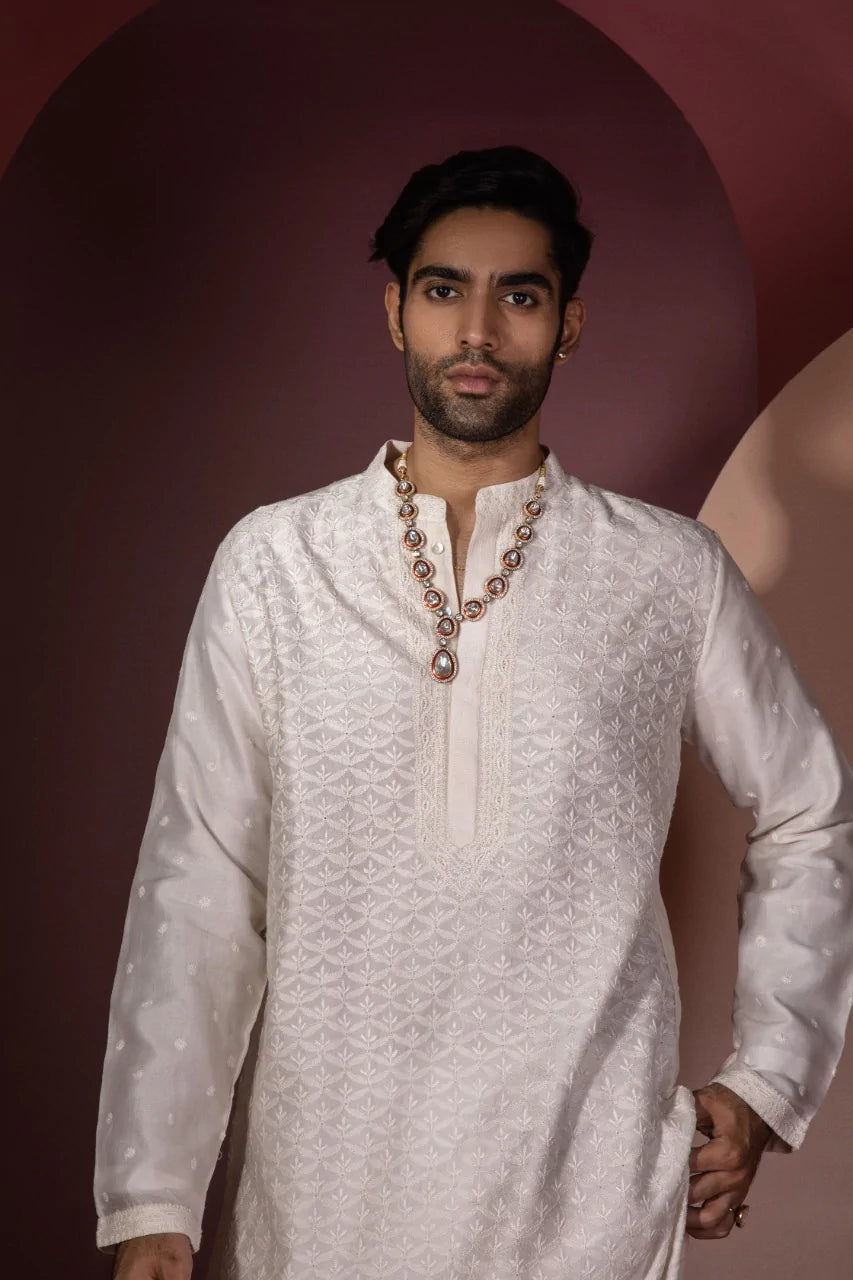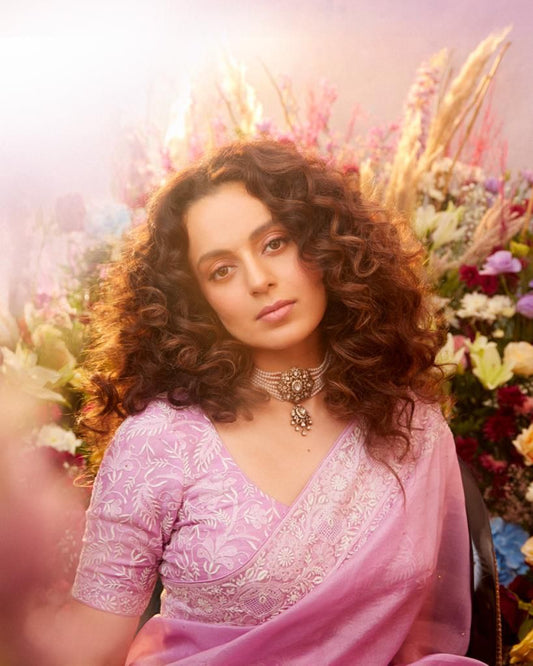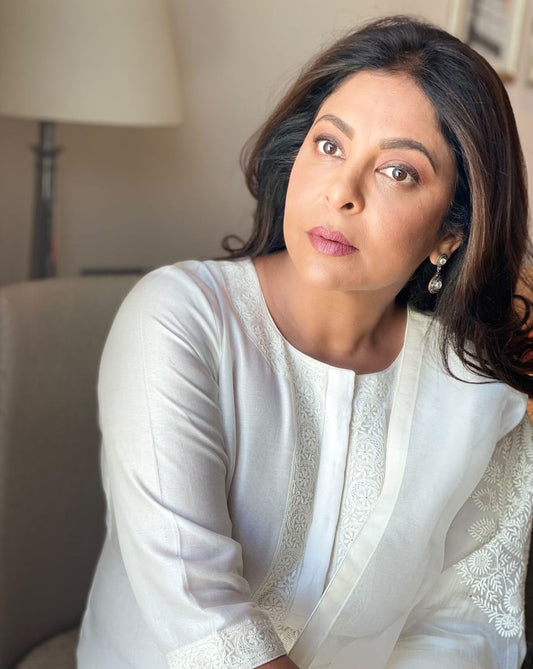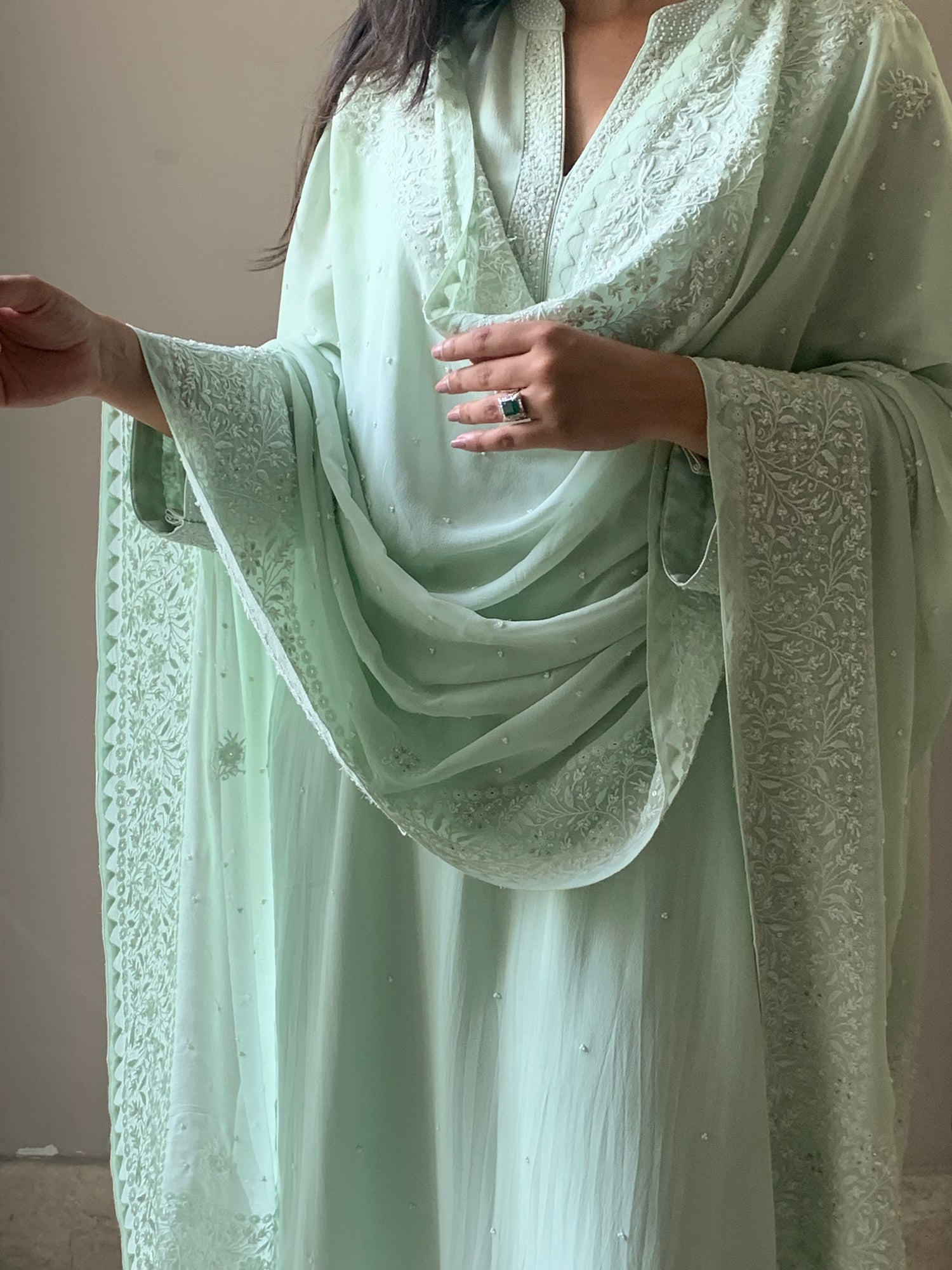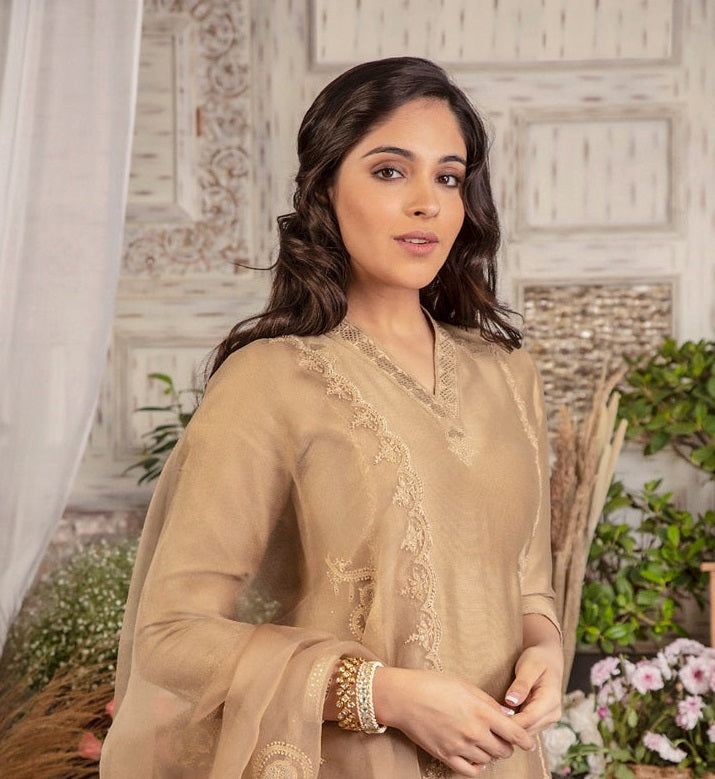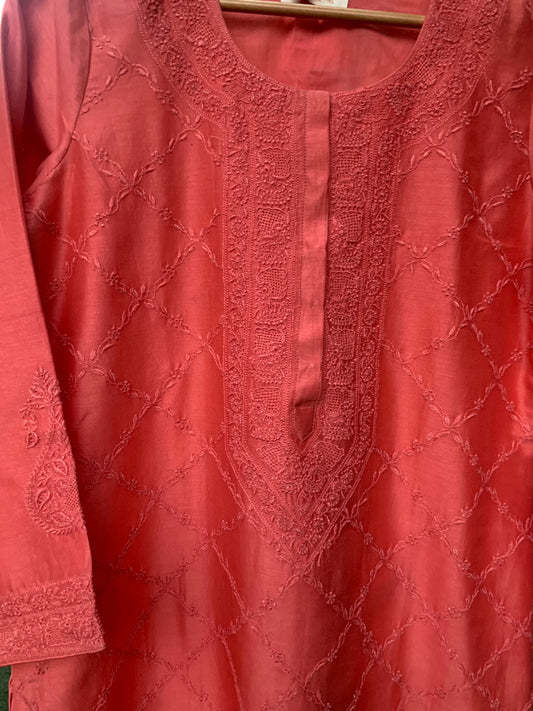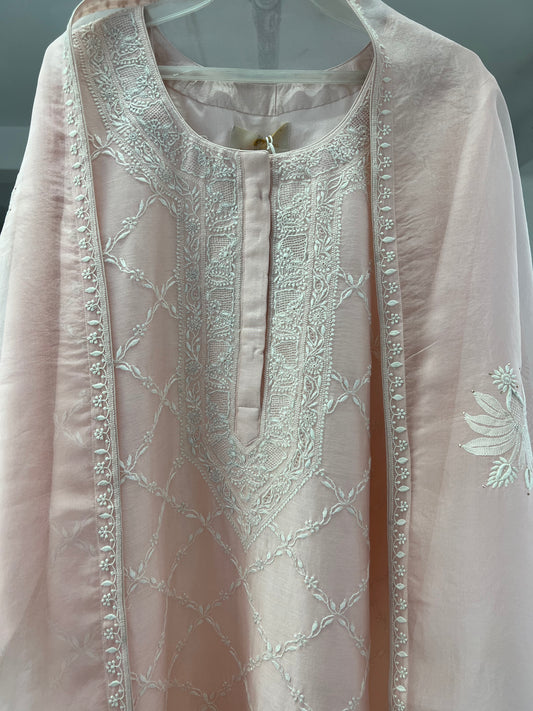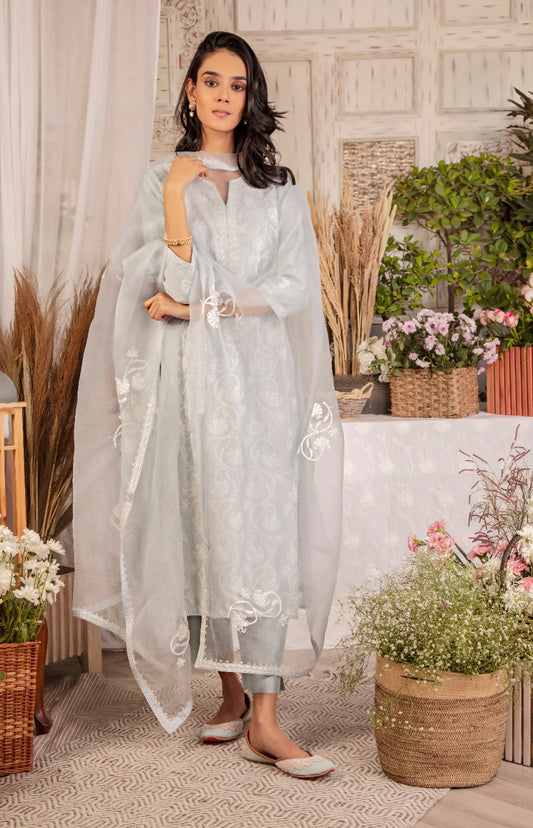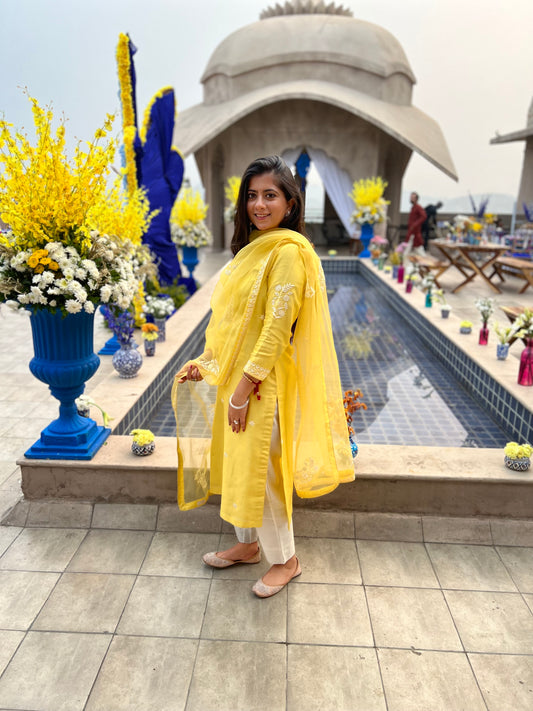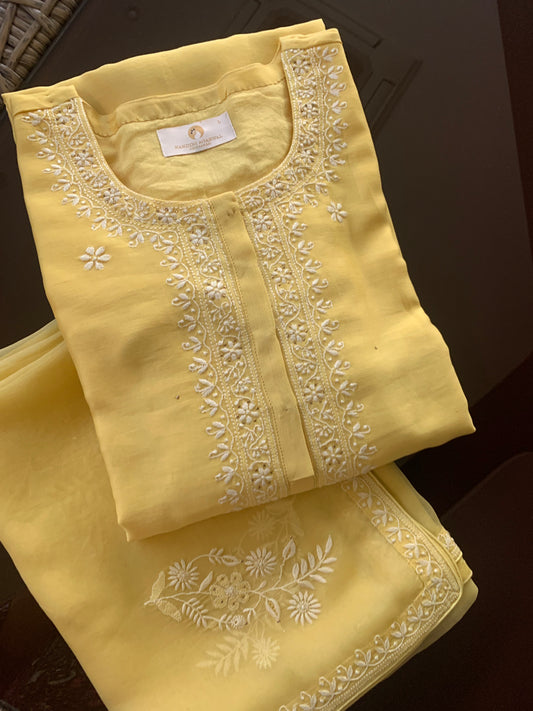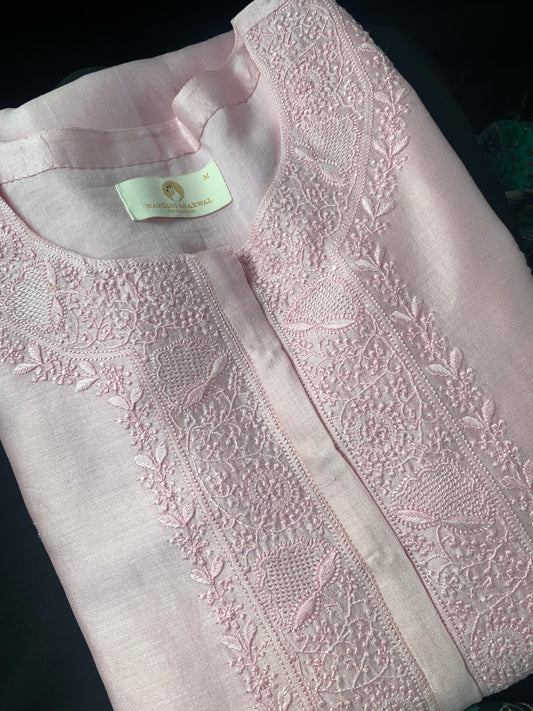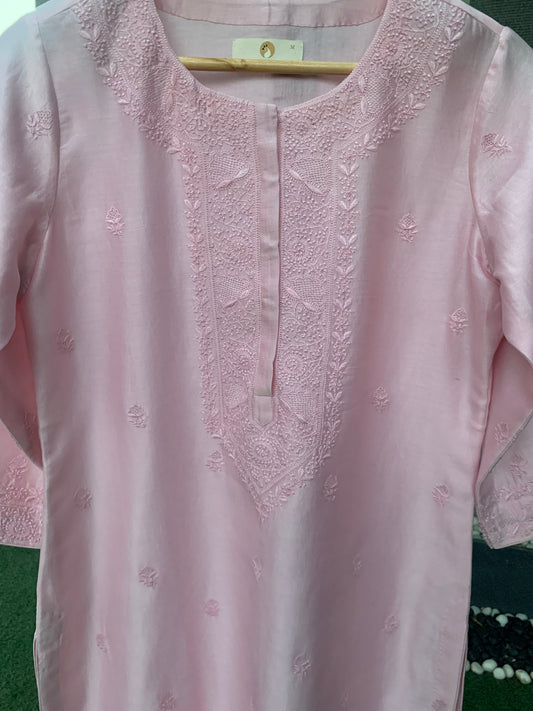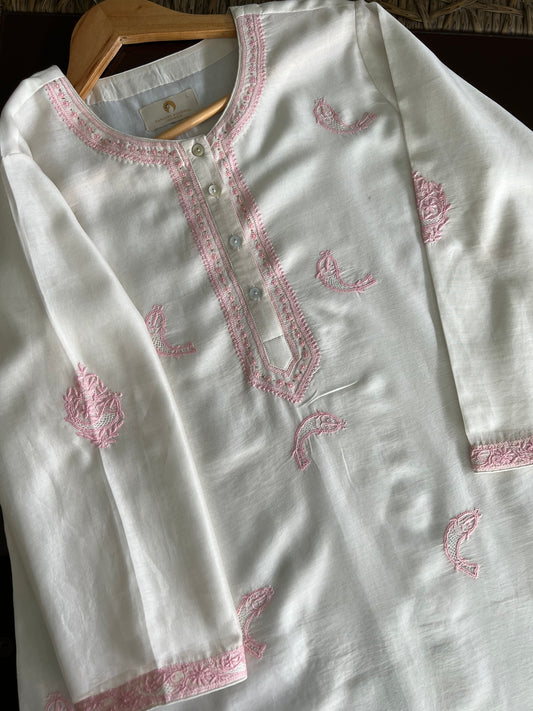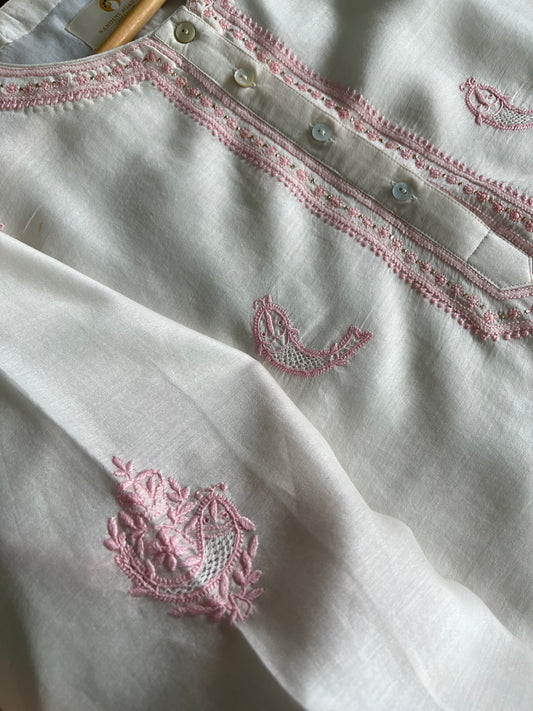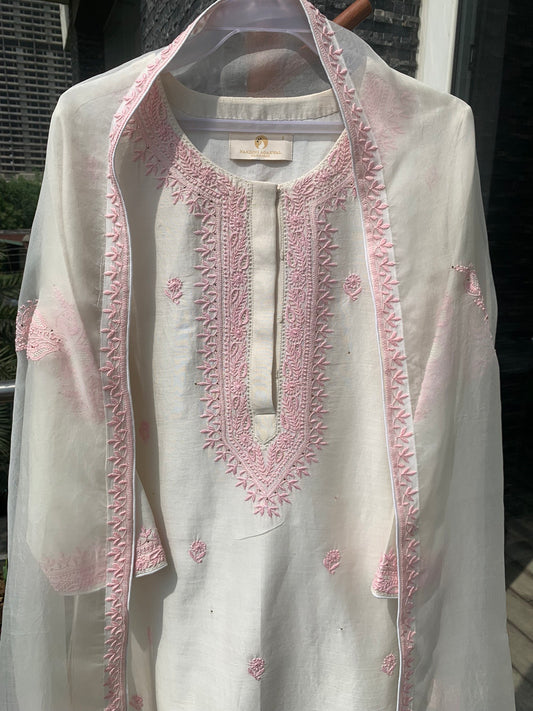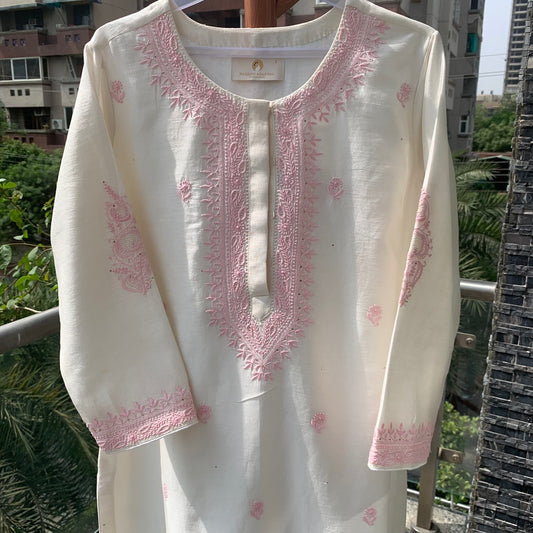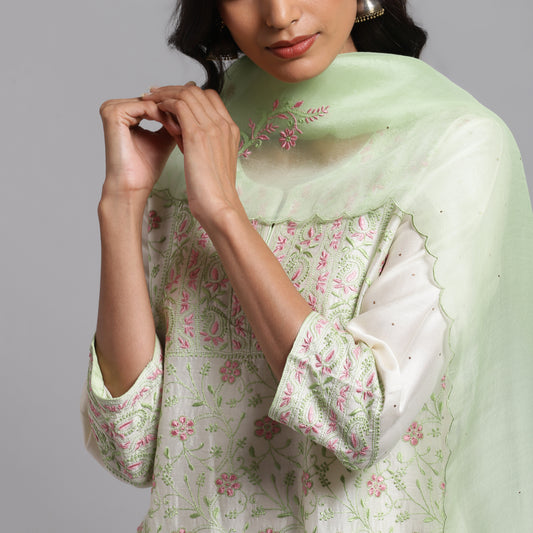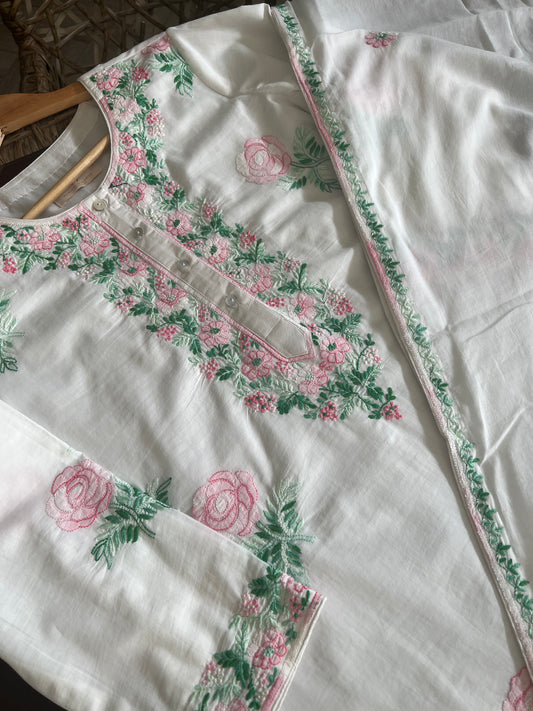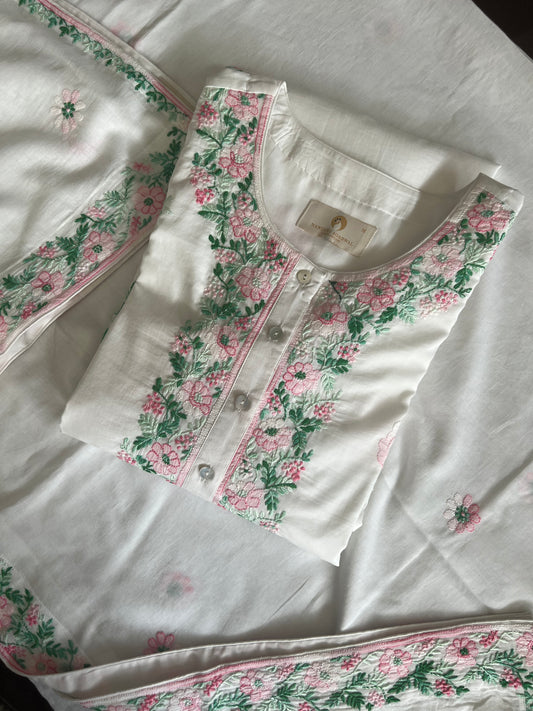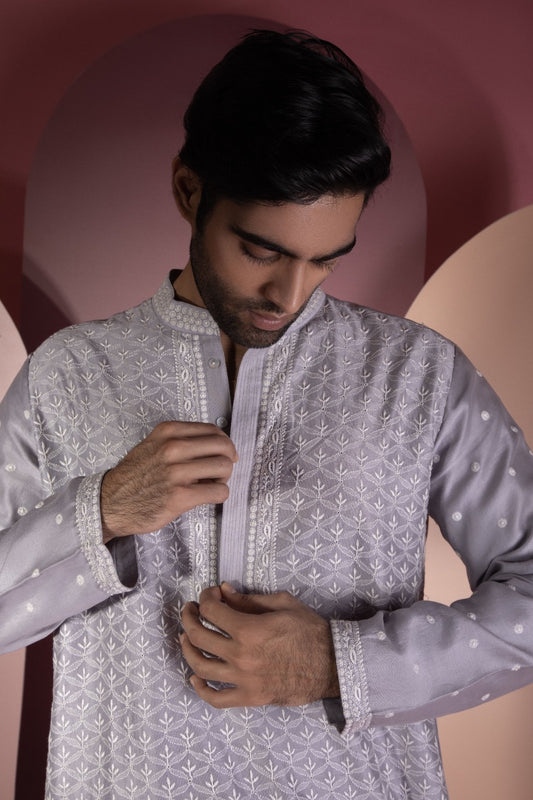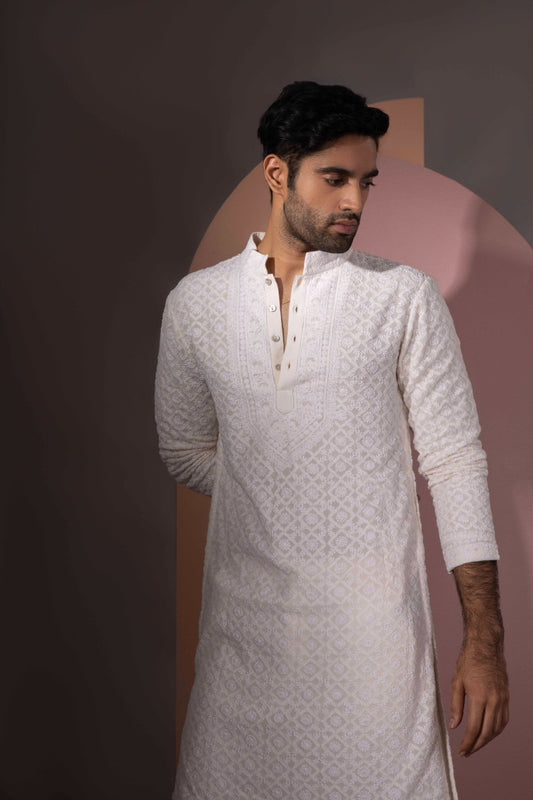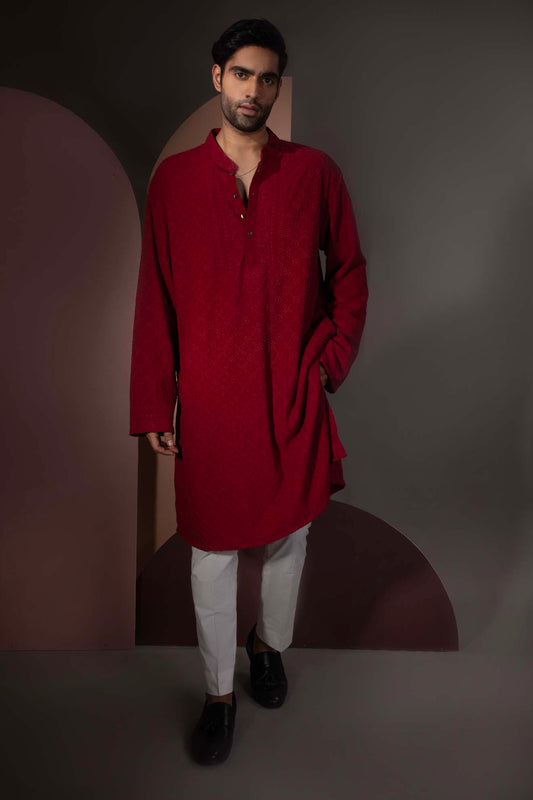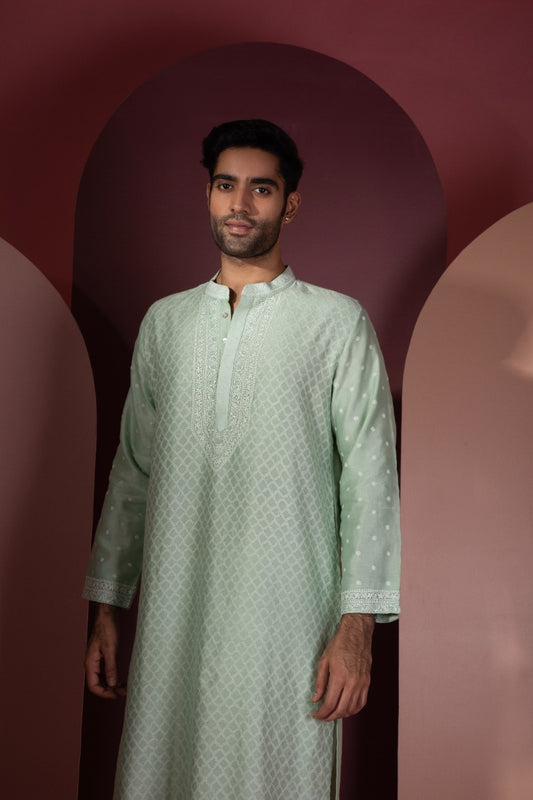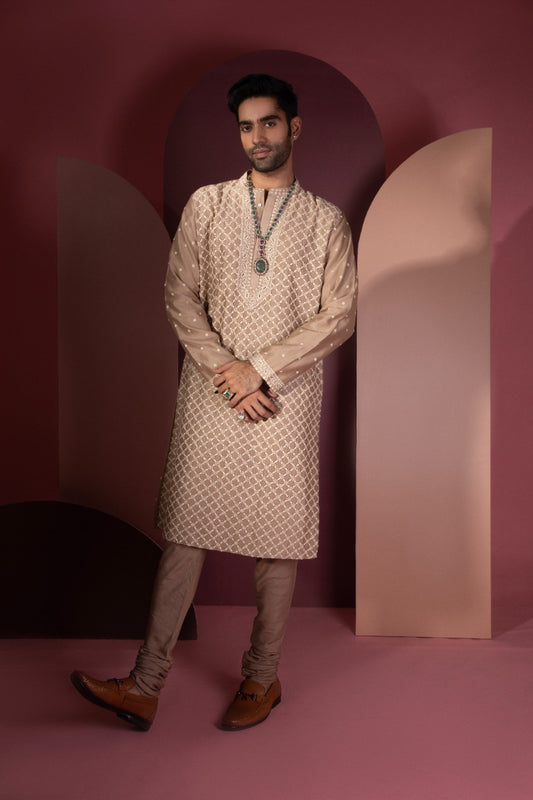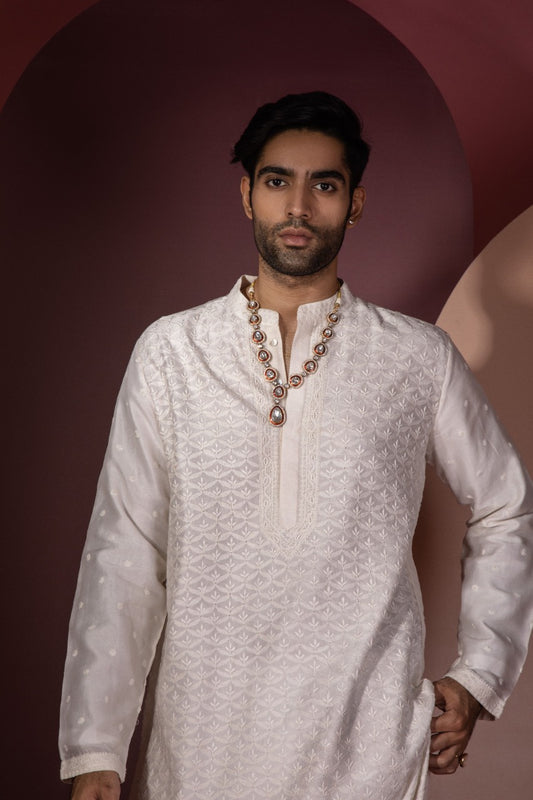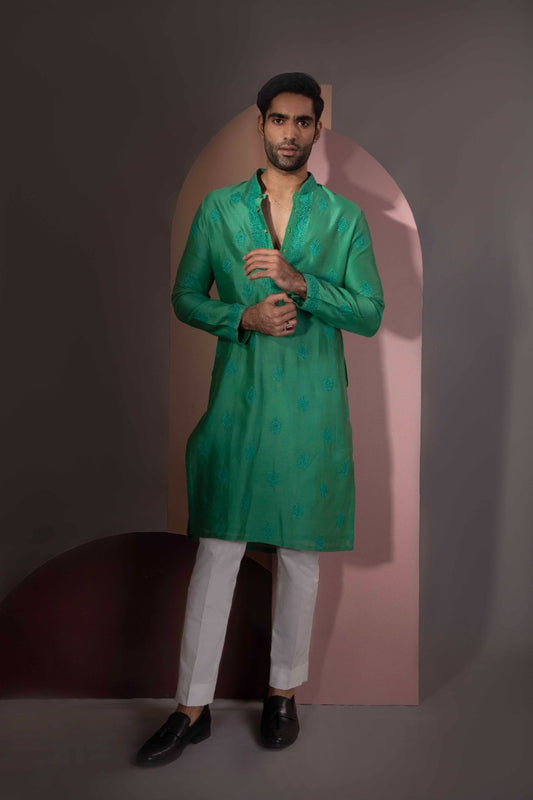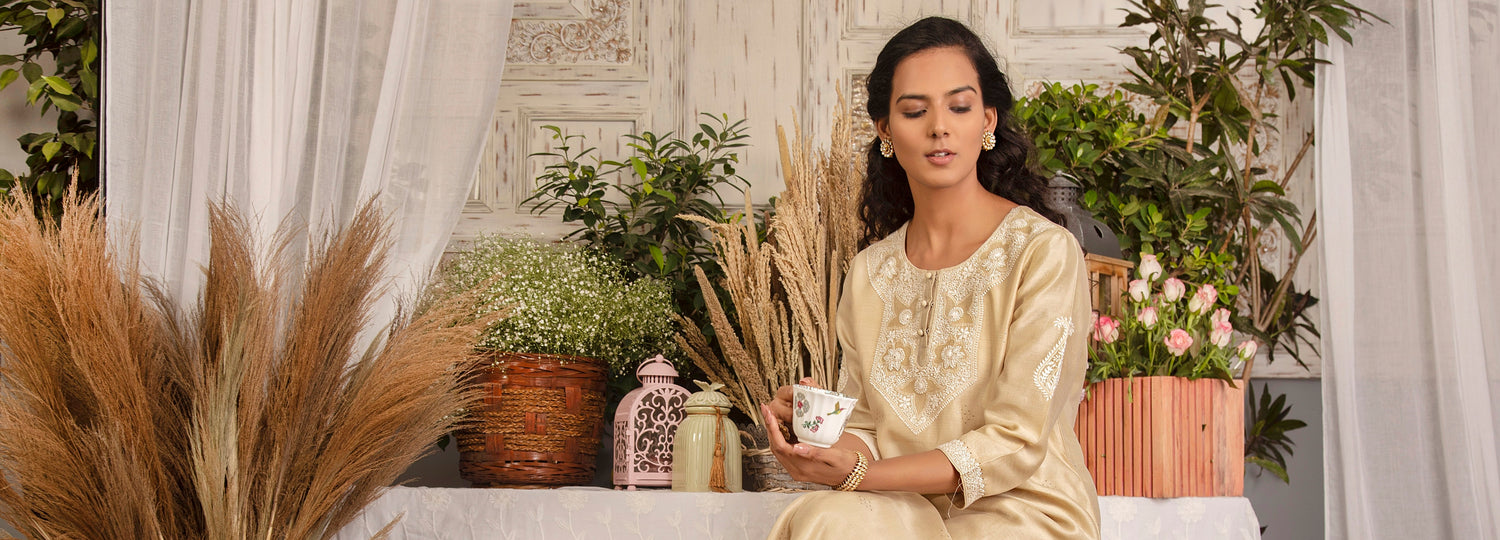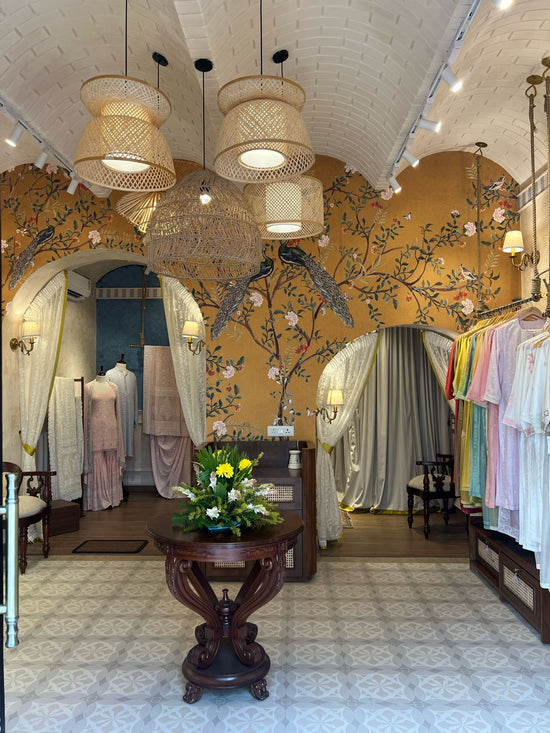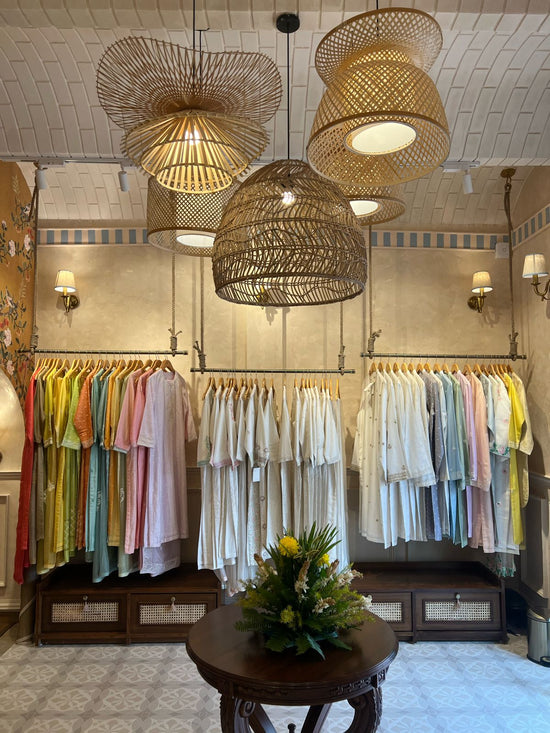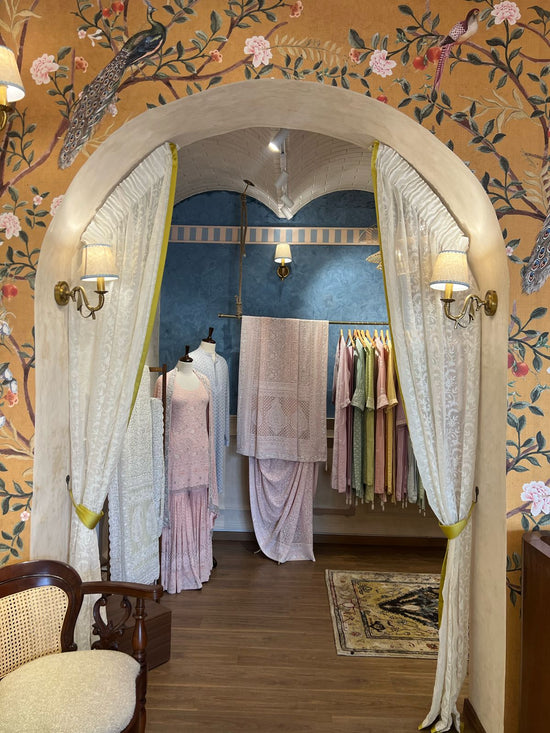SPOTTED
-
Organza Chikankari Border Saree
Regular price From Rs. 60,000.00Regular priceUnit price per -
Antique Ambi Dupatta
Regular price From Rs. 12,990.00Regular priceUnit price per
FEATURED PRODUCTS FOR WOMEN
-
Watermelon Chikankari Jaal Kurta
Regular price From Rs. 14,990.00Regular priceUnit price per -
Chikankari And Mukaish Bakhiya Jaal
Regular price From Rs. 9,990.00Regular priceUnit price per -
Chikankari Yellow Gala Patti and Bootis Kurta & Dupatta
Regular price From Rs. 9,990.00Regular priceUnit price per -
Chikankari Jaali Bootis And Neckline Kurta
Regular price From Rs. 12,900.00Regular priceUnit price per -
Awadhi Fish Kurta
Regular price From Rs. 12,900.00Regular priceUnit price per -
Chikankari Gala Patti and Bootis Kurta & Dupatta
Regular price From Rs. 9,990.00Regular priceUnit price per -
Chikankari And Mukaish Kurta
Regular price From Rs. 16,990.00Regular priceUnit price per -
Shaded Rose Mul Kurta Set
Regular price From Rs. 14,990.00Regular priceUnit price per
OUR PROCESS
CHAPPAI
BLOCK CARVING: the foundation of any design is developed in this step in which a skilled woodblock carving craftsman carves the design of the khakhra with the chiseling tools. This is an age-old skill passed down from generations.
BLOCK PRINTING: The carved woodblock is dipped into a try of a neel, amber/gum, and water solution to catch hold of the pigment and then hand block printed on the fabric. In many of our designs, we use blocks that are literally centuries old and have been passed down as family treasures.
CHIKANKARI EMBROIDERY
The Karigar women follow the chappai imprints to hand embroider various chikankari stitches. There are said to be around 32 stitches in this craft. One of our main aims is to constantly keep most of the stitches widely showcased in our collections even the hard ones which only skilled karigars can perform.
EMBELLISHMENTS
Mukaish being the hit number one embellishment clubbed with Chikankari, the art is widely present in the Awadh region. It is a technique of had embellishing thin metal strips on fabric minutely giving it a circular tiny knot kind of a flattened finish. There are more variations to it like mukaish ghas patti, etc.
Pearl work and Cut Dana are also popular types of the hand embellishing embroideries to highlight a Chikankari garment.
WASHING
Washing is an integral part of the process in Chikankari. Even today thousands of pieces are washed in a traditional manner at the Gomti Ghat. It is said that the formulas of the material used to wash off the chikankari neel from the garments are passed on from the father washerman to the son only and kept a secret. Or is just the Gomti water doing the trick..?
STITCHING AND FINISHING
After the wash, the garment is stitched by our skilled tailors. A strict quality check is done before packing the garment to be shipped to the end customer.
FEATURED PRODUCTS FOR MEN
-
Bakhiya Patti Jaal Kurta
Regular price From Rs. 35,500.00Regular priceUnit price per -
Beige Jaali Jaal
Regular price From Rs. 88,500.00Regular priceUnit price per -
Ivory Bakhiya Jaal
Regular price Rs. 80,000.00Regular priceUnit price per -
Maroon Bakhiya Jaal
Regular price Rs. 80,000.00Regular priceUnit price per -
Bakhiya Jaal Kurta
Regular price From Rs. 26,500.00Regular priceUnit price per -
Phool Patti Jaal Kurta
Regular price From Rs. 35,500.00Regular priceUnit price per -
Bakhiya Patti Jaal Kurta
Regular price From Rs. 35,500.00Regular priceUnit price per -
Emerald Gala Bootis Kurta
Regular price From Rs. 15,500.00Regular priceUnit price per
